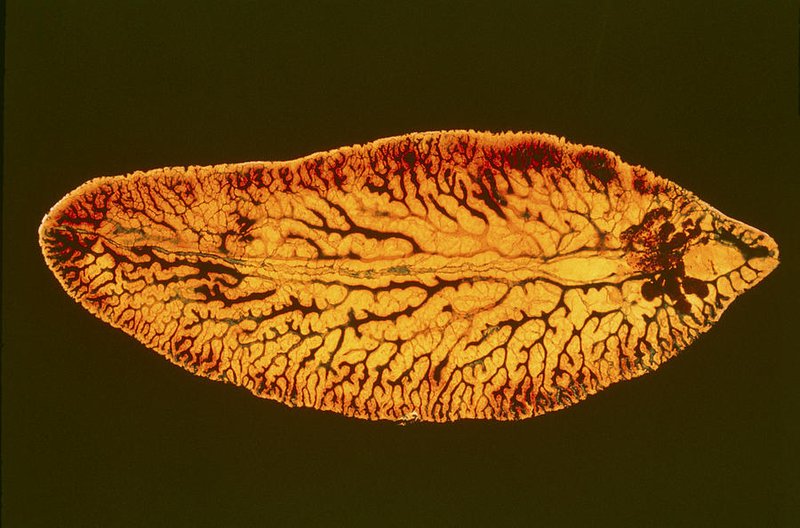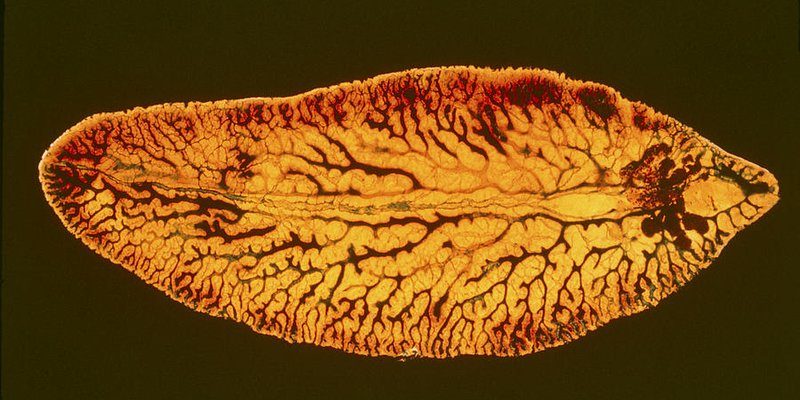
So, what makes liver flukes tick? Just like the changing seasons influence our moods and activities, they also play a significant role in the life cycle of these flukes. Field studies have shown that environmental factors such as temperature, humidity, and rainfall can greatly affect their behavior and lifecycle stages. This article takes you on a journey through these seasonal changes, exploring how they impact liver fluke populations and their interaction with hosts. Let’s dive in!
What Are Liver Flukes?
Before we jump into their seasonal behavior, let’s take a moment to understand exactly what liver flukes are. These flatworm parasites belong to the class Trematoda and are known for their leaf-like shape. Adult liver flukes typically reside in the bile ducts of their hosts, where they can wreak havoc by feeding on the host’s liver tissues.
Liver flukes have a complex life cycle that involves multiple hosts, including snails and mammals (like cattle, sheep, and even humans). This life cycle consists of stages such as eggs, larvae, and adults, each requiring specific environmental conditions to thrive. Understanding this lifecycle helps us comprehend their seasonal behavior better.
Life Cycle and Seasonal Patterns
The life cycle of liver flukes is one of those intricate puzzles that shift with the seasons. The flukes lay eggs in the bile ducts of their host animals, which then get excreted in their feces. During warmer months, environmental conditions are more favorable for the eggs to hatch and develop into larvae, known as miracidia. These larvae need to find a freshwater snail to continue their development.
Here’s the thing: as temperatures rise in spring and summer, we see a spike in liver fluke activity. The snails come out of hibernation, and this leads to higher chances of transmission to their definitive hosts. In fall, as temperatures cool, the activity decreases. It’s like a dance—when the music (weather) is right, everyone is moving!
Impact of Weather on Liver Fluke Populations
Weather conditions significantly affect liver fluke populations and their seasonal behavior. High humidity and warmth create perfect conditions for the snail hosts, leading to an increased fluke population. You might be wondering how this impacts livestock. Well, when fluke populations surge, livestock are more likely to become infected, resulting in economic losses for farmers.
During wet periods, specifically after heavy rainfall, there is often an uptick in fluke activity. The life cycle speeds up, allowing more larvae to escape into the environment. This is especially concerning for farmers who want to keep their livestock healthy. Conversely, dry and cold months can lead to a decline in fluke populations, giving farmers a brief respite.
Signs of Liver Fluke Infection
Recognizing the signs of a liver fluke infection in livestock can be as important as understanding their seasonal behavior. Here are some common symptoms to watch for:
- Weight loss despite a normal appetite
- Pale mucous membranes in the mouth and eyes
- Swelling in the abdomen
- Decreased milk production in dairy cows
If you notice these signs, it’s essential to consult a veterinarian who can test for liver flukes and recommend appropriate treatment. Early detection is key to managing the infection and preventing further spread.
Management Strategies During High-Risk Seasons
Farmers must employ management strategies to reduce the risk of liver fluke infections, particularly during the high-risk seasons. Here are some effective approaches:
1. Pasture Management: Rotate livestock to different grazing areas to prevent overgrazing and limit exposure to contaminated pastures.
2. Snail Control: Identify and treat areas with high snail populations. This may involve using molluscicides or creating conditions less favorable for snail habitation.
3. Regular Monitoring: Schedule regular fecal examinations for livestock during peak seasons to catch infections early.
By being proactive about these strategies, farmers can help protect their livestock from the devastating effects of fluke infestations.
Research and Future Directions
Field studies examining seasonal behavior patterns of liver fluke are ongoing, and researchers are continually looking to improve our understanding of these parasites. Recent studies have focused on the effects of climate change on fluke populations, seeking to uncover how rising temperatures and altered precipitation patterns might impact their lifecycle.
This ongoing research is crucial. With more information, we can develop better control measures and improve our management practices. By tuning into the rhythms of these parasites, we can protect both livestock and human health effectively.
Understanding the seasonal behavior patterns of liver fluke is essential for anyone involved in animal husbandry. These parasites might be tiny, but their impact can be significant. By recognizing their lifecycle and the influence of environmental conditions, farmers and veterinarians can work together to minimize infections and maintain healthy livestock.
Remember, knowledge is power. By staying informed about fluke behavior and implementing management strategies during high-risk seasons, we can reduce the threats they pose. So, while you enjoy your next cup of coffee, take a moment to appreciate the intricate dance of nature—and the tiny creatures involved in it!

